Sluggish performance is the new normal for the luxury industry. Throughout 2015 we’ve tried to lay out the myriad challenges facing high-end brands, their prospects for improvement, and the overall impact of a weakened global economy for the luxury consumer. But this isn’t just an interesting topic for retail aficionados. As we all know, the global luxury market is big business, so we’ve seen report after report issued by the largest research and consulting firms, most of which confirm our analysis. The latest report on this front was issued by Bain & Company. It revealed that overall, growth in the luxury industry is only up 1% over last year. We’ve explained in detail why this is the case: decreased tourism to Europe due to the heightened risk of terrorism, slowing sales from China following a crackdown on corruption, and overall instability in the global economy, much of it stemming from the UK’s vote to leave the Eurozone.
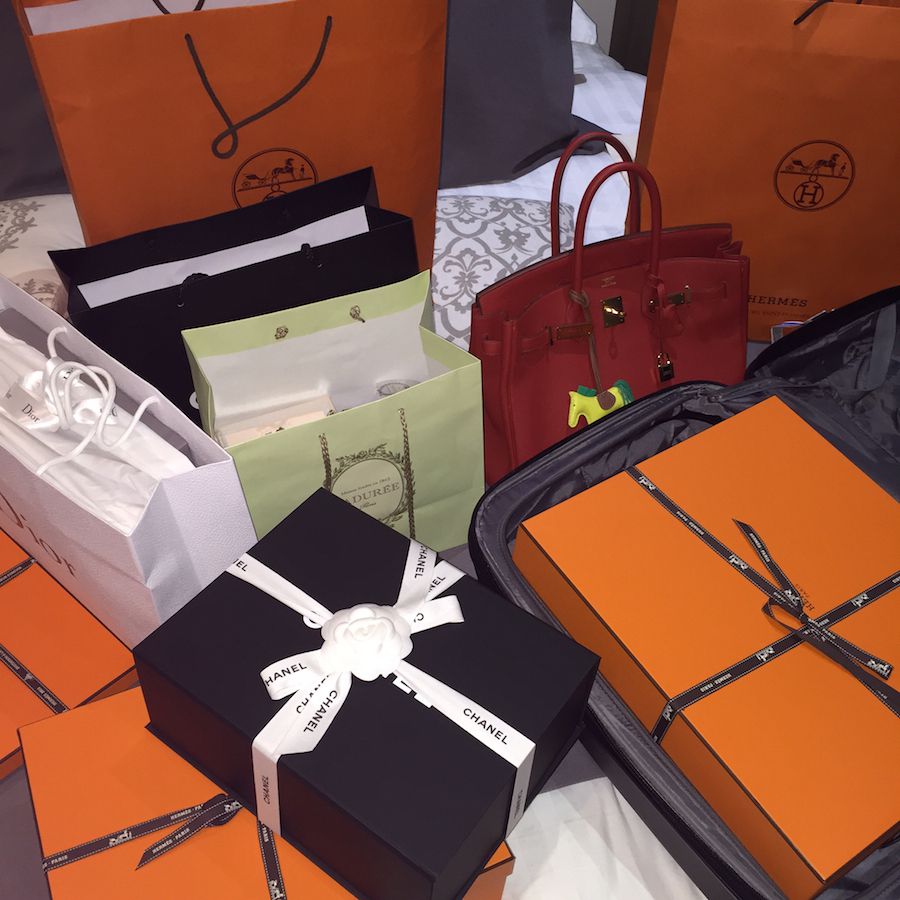
Time to leave, packing in St. Tropez. Read: How It Works – VAT Refund and Custom Duties
Even the largest names in the market are struggling. Chanel revenue was down 17% in 2015 and things don’t look much brighter in 2016. They’ve made moves to increase prices in particular markets in a strategy known as price harmonization but the damage has already been done (Read: Global Price Implications on Chanel Street)
We also recently reported on the revised growth estimates at Hermes. While during the first half of the year the company outpaced it’s rivals and showed strong earnings growth, just last month, Hermes CEO Axel Dumas admitted the company would fail to meet its 8% growth target for the year. (Read: Hermes Sales Decline Despite Ambitious Goals) Even at the height of the financial crisis in 2009, revenues increased 8.5%.

Hermes and Chanel, St Tropez. Read: Chapter 1: Hermes Versus Chanel Prices in the US and France
Much of the ability of companies like Hermes and Chanel to weather the crisis around 2009-2010 stemmed from their expansion into non-western markets, but much slower growth in China and currency issues in Japan are closing that window of opportunity as well. Both companies will have to go back to what has historically separated them from the pack: their cultural relevance. Even in a downturn, there’s no doubt the hierarchy of brands has remained relatively stable. There aren’t any upstart brands cutting into their profits, the overall size of the pie is just getting smaller. The next challenge for the industry will be how to grow the pie again. Will it be through enhanced e-commerce platforms, as Chanel is rumored to be exploring? (Read: Imagine Ordering a Chanel Jumbo Bag Online?) Or will these companies enter totally new categories all together, focusing less on the goods and more on the overall retail experience? Whatever they do, it can’t come soon enough….
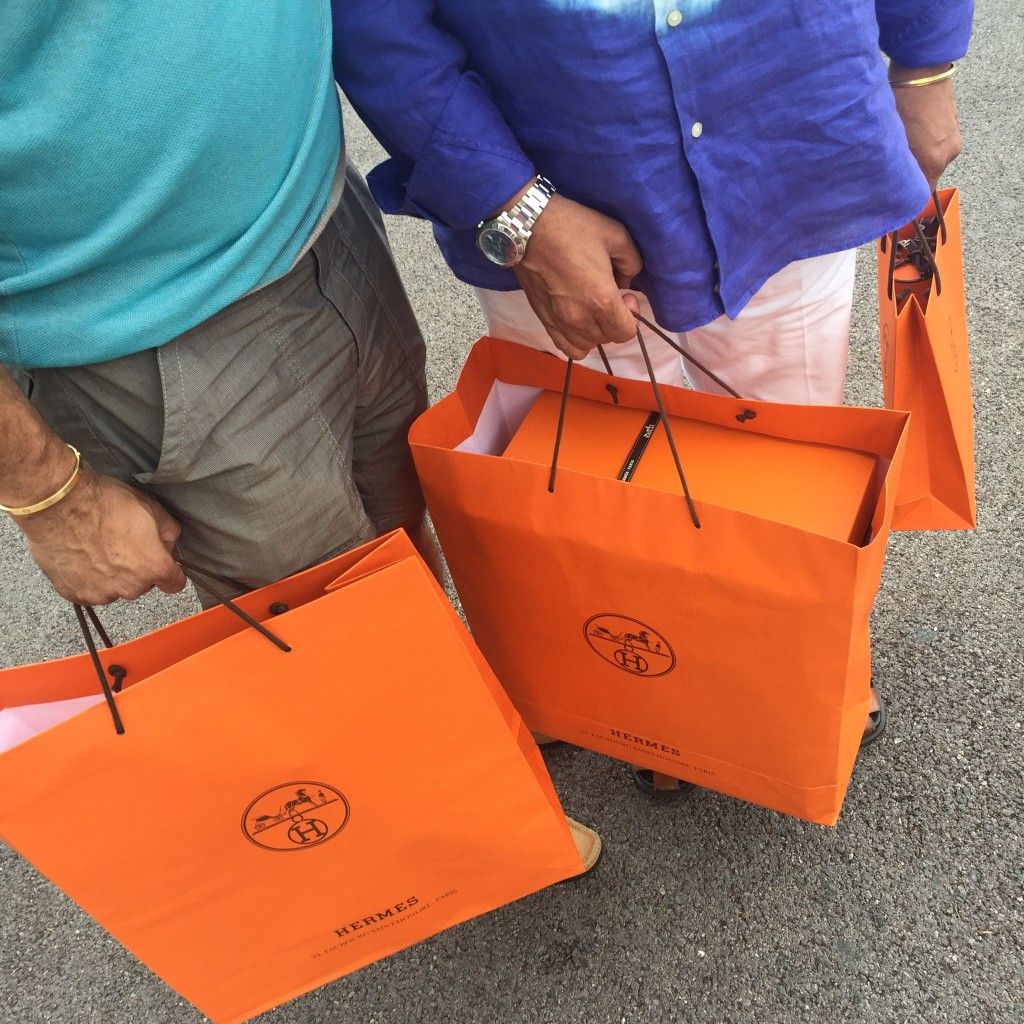
Mr PurseBop in action. Read: Shopping Adventures in France
All images are from our SHOPPING IN FRANCE SERIES:
Prologue: Shopping in France Adventures
Chapter 1: Hermes Versus Chanel Prices in the US and France
Chapter 2: Louis Vuitton or Chanel – Which is the Better Deal in France?
Chapter 3: Taste of Laduree, Dash of Dior and a Full Serving of Chanel
Chapter 4: Double Fisted with Chanel and Dior in Monte Carlo
Chapter 5: Luxury Brands VCA and Hermes Adjust Prices for Devalued Euro
Chapter 6: How It Works – VAT Refund and Custom Duties
Chapter 7: The Hermes Boot Mission
Chapter 8: Mom Needs to Make Some (Hermes, Chanel, VCA) Memories
Chapter 9: Hermes in St. Tropez ~ Part 1
Chapter 10: The Grand Hermes Finale
Read financial news related articles below:
Hermes Sales Decline Despite Ambitious Goals
Chanel Increases Prices to Compensate for Brexit
Handbags Keep Luxury Afloat
Luxury Market Expected to Bottom Out This Year
Love PurseBop
XO
Updated: May 27th, 2017

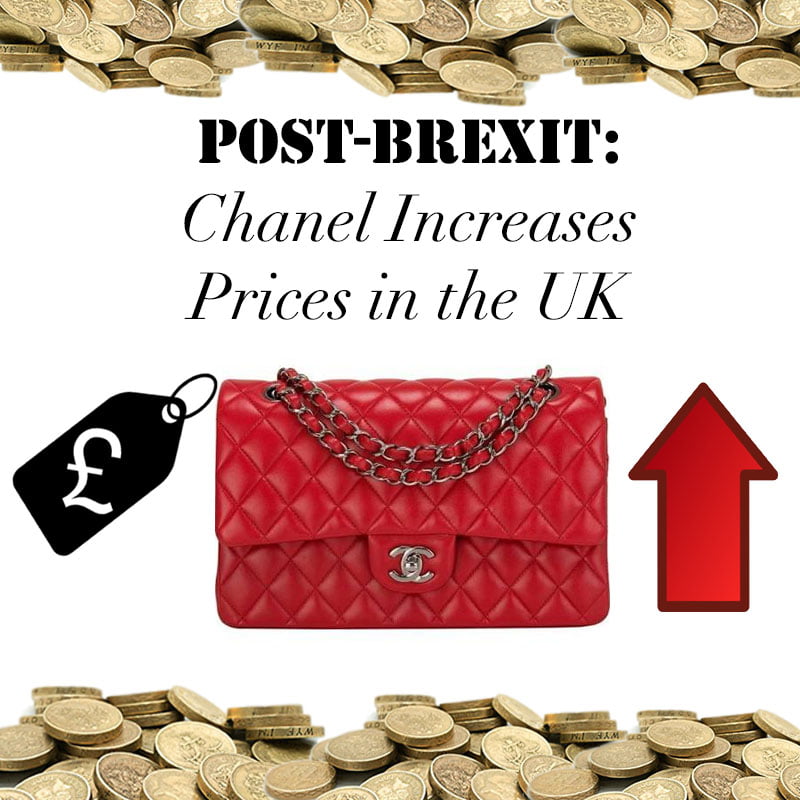


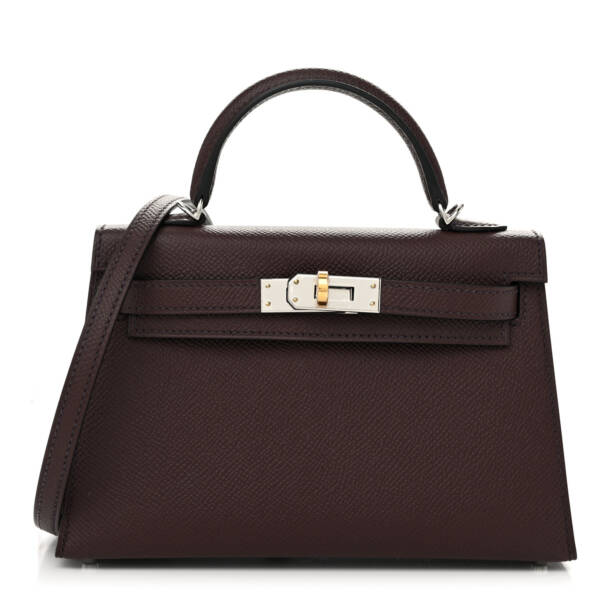
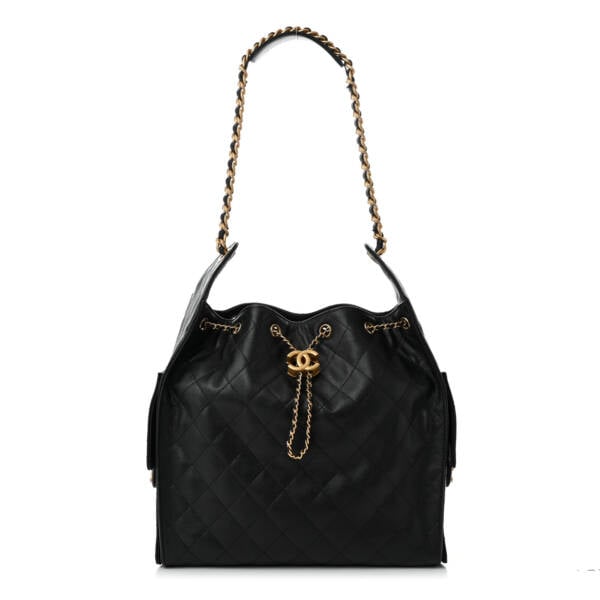
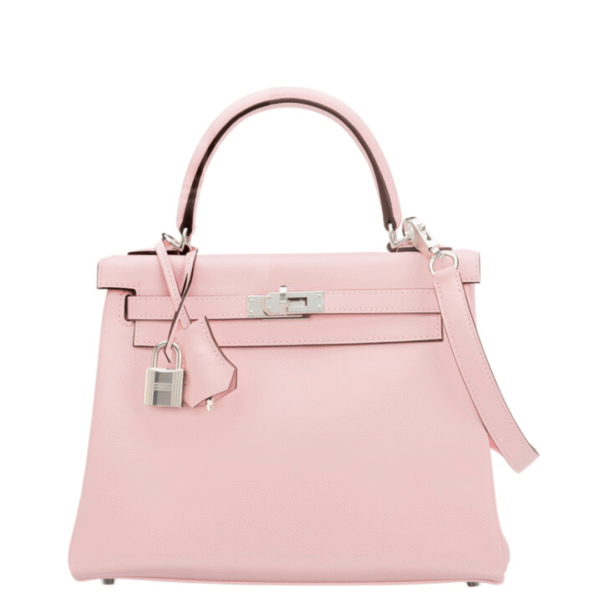
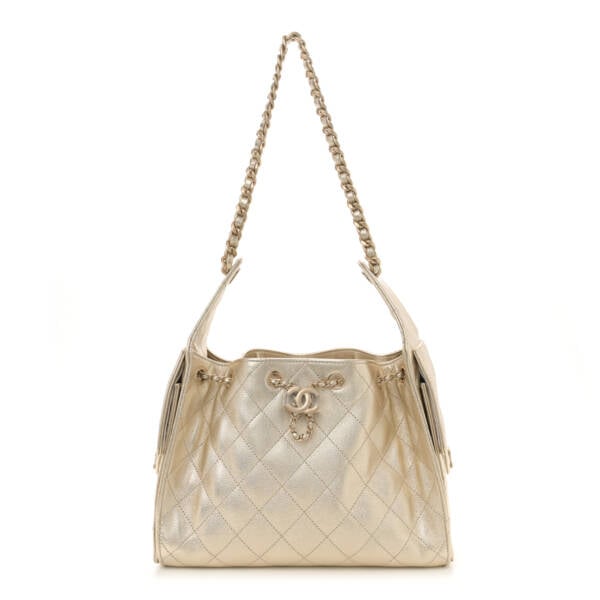
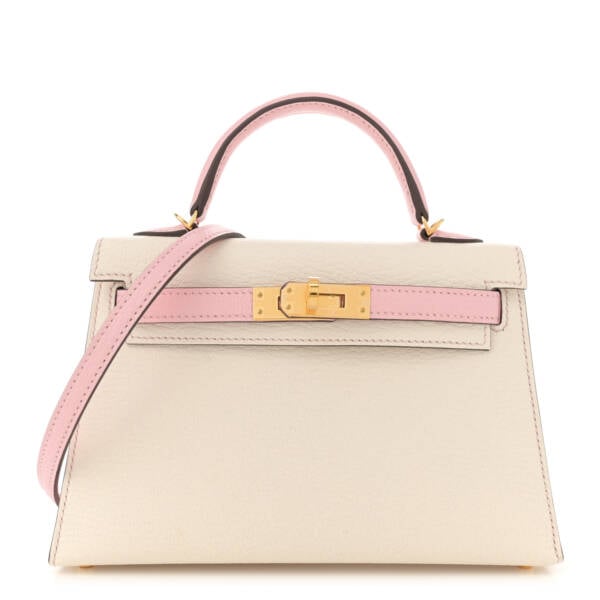
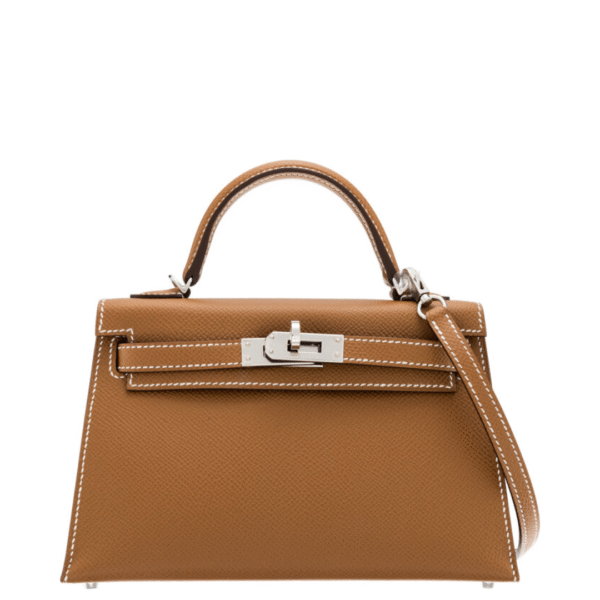
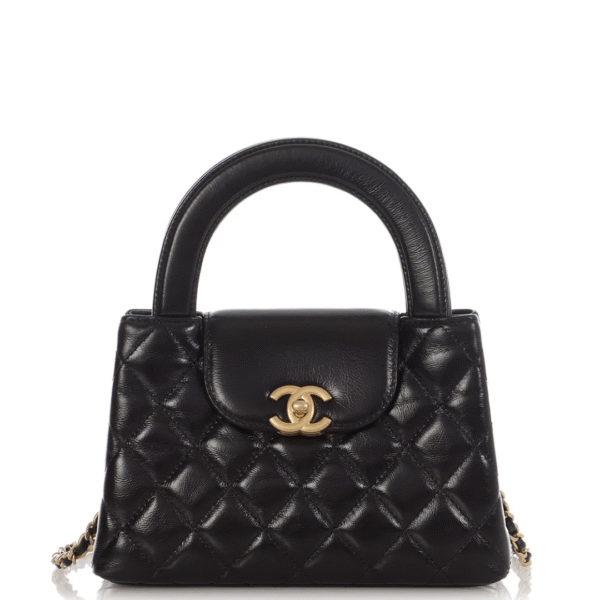
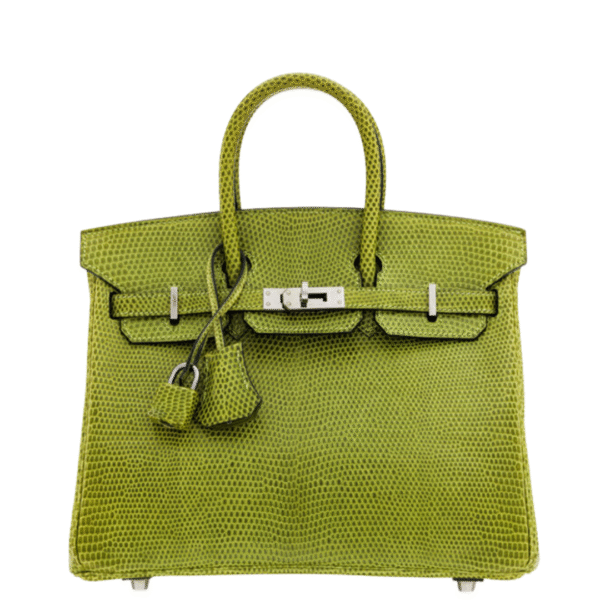
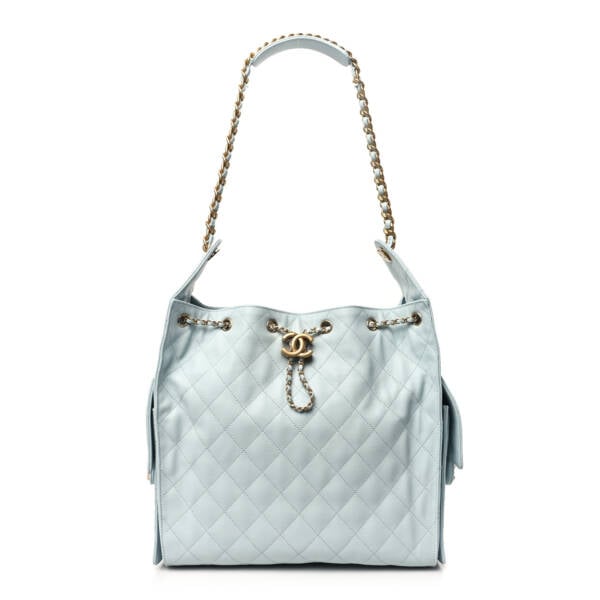
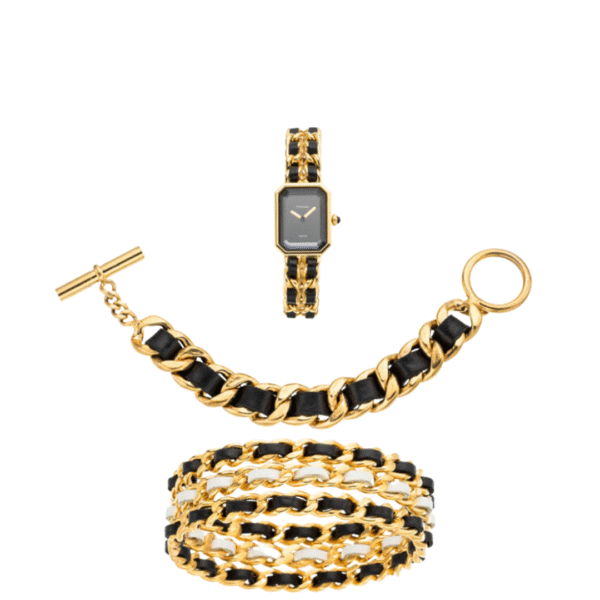
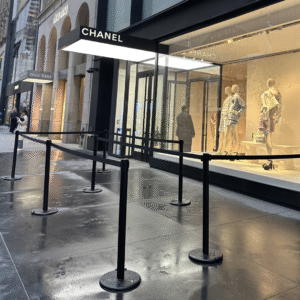
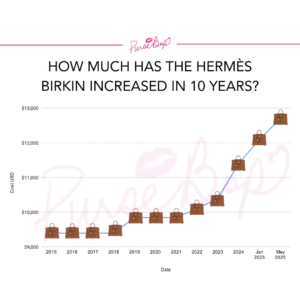





Comments
5 Responses to “Hermes and Chanel Suffering in Current Luxury Market”
in my opinion they should lower the prices in about 70-80%, then sales will go to Pluto hahahaha #jokes!!! great article, love!!!!
If hermes stops the prestigious nonsense of “selecting” their customers, they could easily get through this.customers prefer to buy the bags for double the price from c-stores than face rejection and/or waiting lists!
Chanel and Hermes prices are out of control (not a new Hermes fan anyway). I love Chanel, but I refuse to pay $4000 – plus for a tote. Other brands offer more reasonable, though still expensive, options like St. Laurent, Prada and Gucci.
i agree ☝️
Agree